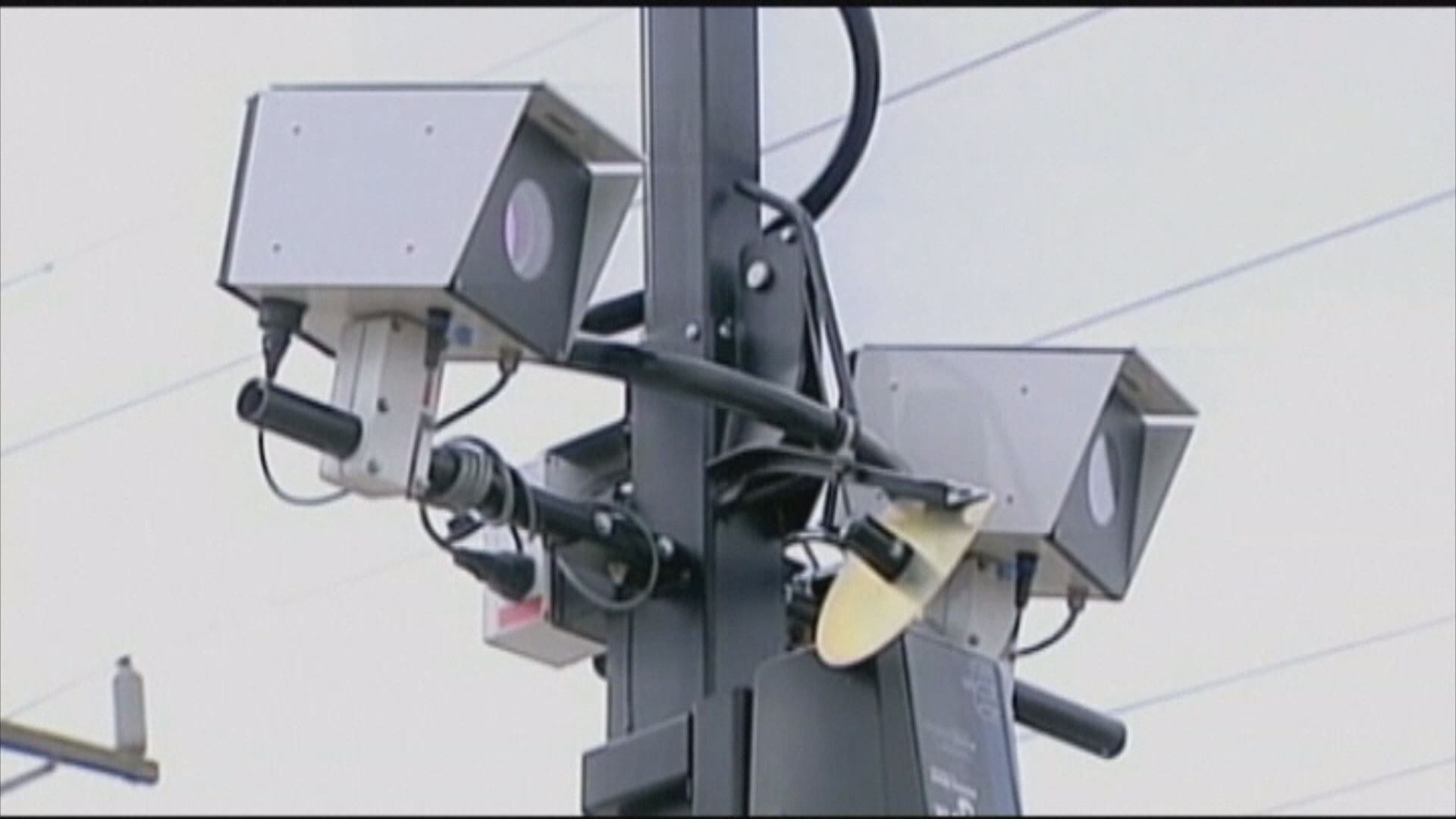Denver city council members will soon decide whether to add five more years to the red light camera program -- and possibly expand it -- as part of a $6.4 million contract with Xerox.
Denver operates red light cameras at the intersections of 8th Avenue and Speer Boulevard, 36th Avenue and Quebec Street, 6th Avenue and Speer Boulevard and 6th Avenue and Kalamath Street.
Those are not the four intersections with the most crashes.
According to the Denver Department of Public Works, 8th Avenue and Speer Boulevard ranks ninth on the list of intersections with the most accidents.
The other three intersections don't even crack the top 25.
"We would agree with you, and that's part of this new contract is -- we would like to be able to use that technology where it is needed best," said Capt. Mark Chuck of the Denver Police Department's Traffic Operations section.
"We know that when they put up the cameras these were not at the highest accident intersections at all -- not by a long shot," Denver councilman Kevin Flynn said.
He supports red light cameras in general, but won't vote yes until the city looks into making yellow light times longer.
"Twenty to 30,000 people are getting $75 tickets they don't need to be getting," he said.
Chuck points out the tickets range from only $40 to $75 -- actually much lower than the $300 fine if a cop catches you.
"Our goal isn’t to try to get a fine," Chuck said.
There's no doubt though that photo enforcement makes at least some money. So far this year, the city has taken in $568,174 from red light cameras. Since 2008, the city has collected more than $7.2 million.
The Centers for Disease Control and Prevention issued a paper in December asserting studies on red light cameras have drawn mixed conclusions.
According to the report, the agency believes "it does seem premature to conclude that red-light cameras have been widely found to be highly effective."
The city council could vote on the new contract as soon as Sept. 19.


